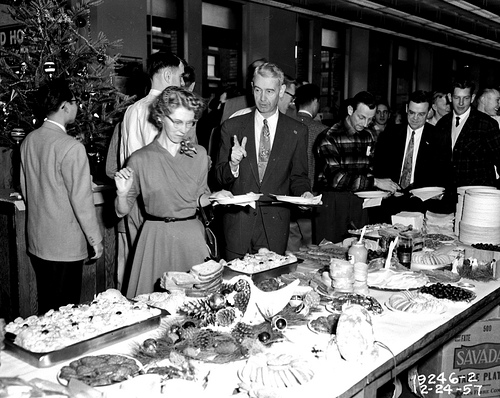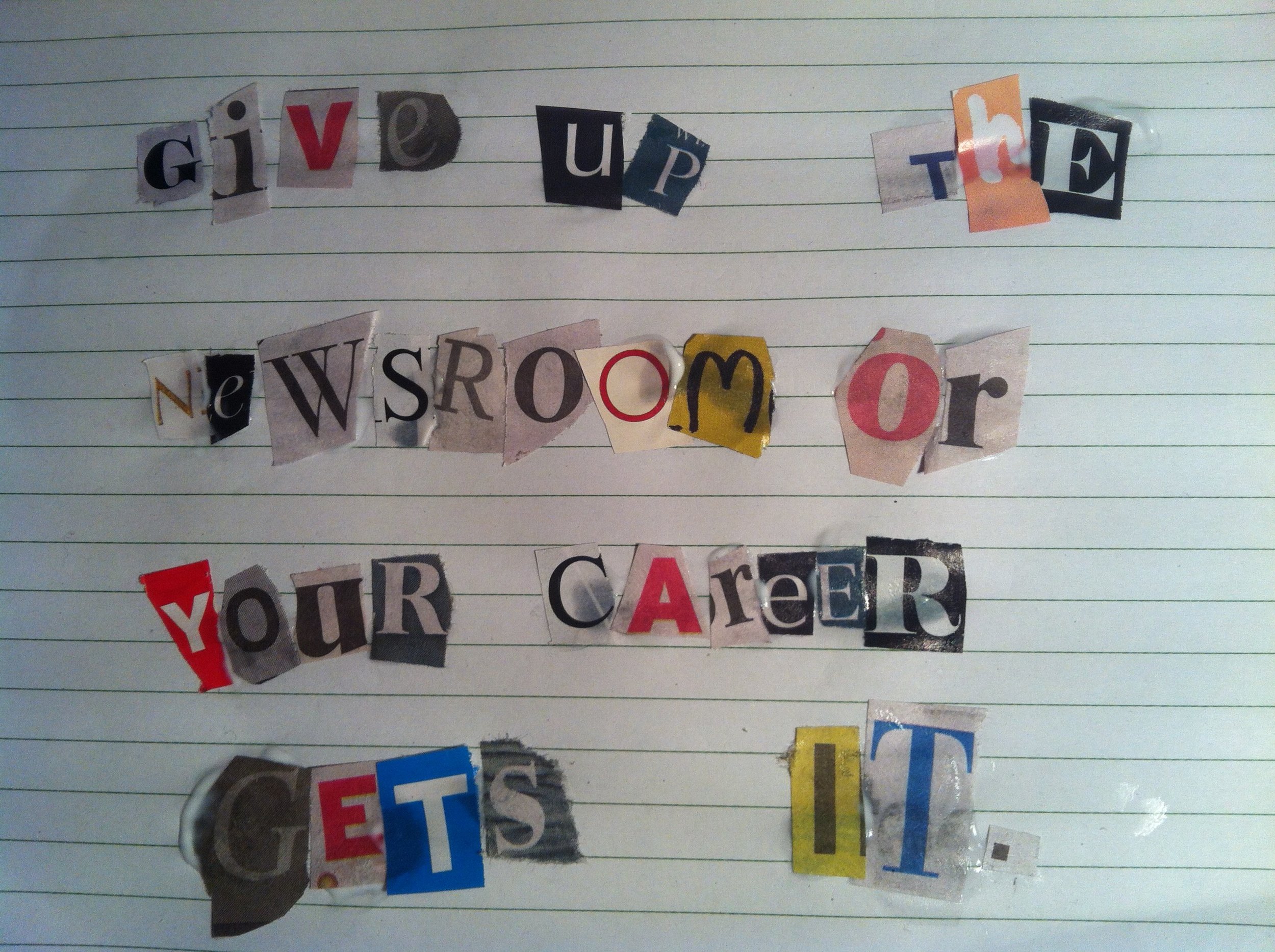When I was in Japan earlier this year I tried to interview a local friend of mine. I’d hoped to capture her story on audio for later use in some kind of podcast or radio documentary. She’d already spoken about her experience in English (her second language) with great depth and lucidity. When I asked her if I could record an interview she was pleased. And then she said, ‘Would it be OK if you gave me the questions first, so that I can write the answers and read them to you?’ She wasn’t prepared to go on the record without perfect English, yet I wasn’t interested in a perfect answer. It was an awkward situation both practically and culturally.
As I pursued that ill-fated international story I frequently found myself in quagmires of cultural difference. I came to the conclusion that I’d best improve my processes before I visit the country again.
At NonfictioNow this Saturday, four writers (Benjamin Law, Desmond Barry, Mieke Eerkens and Stephanie Elizondo Griest with David Carlin) will front a session, International Research and the Nonfiction Writer. They’ll provide us with practical information and encouragement on writing and researching in lands far away.
Australian writer, Benjamin Law (The Family Law, Gaysia) is fast becoming an expert on researching and writing overseas. For his most recent book, Gaysia he traveled to seven different countries over 18 months, ‘I got used to writing the book in windowless hostel rooms in Malaysia, overnight train compartments in India and airports,’ he says.
Traveling in itself can be food for frustration. Add to that the desire to research a story and you need to develop a high level of flexibility. Language and cultural barriers can take you to the wrong place. Like the train Law accidentally took in India, ‘Think: kids in the luggage compartment, peanut shells all over the floor, human shit on the toilet walls (no joke) and such a density of people that grown men insisted on sitting on my lap.’
But frustration and inspiration often come hand-in-hand. ‘That sort of stuff was hilarious too, and I can remember laughing like a madman throughout it all, thinking it'd make for great material,’ says Law. (Indeed, in writing this post, I’ve just rehashed my own frustration in my first paragraph).
Those of us who are interested in international stories are also interested in being overseas. ‘Going to a country I've never been to before makes me feel 10-years-old over again. Everything is interesting and new and stimulating, and the people you meet are constantly surprising. It's enough to give you a nosebleed,’ Law says.
In a bid to ensure he understands the fundamentals before leaving home, Law reads up a lot. He organises a quota interviews including one close to his arrival, ‘with someone who could give me the lay of the land… [and] more stories and leads to follow,’ he says. When he knows he’s traveling a lot he buys a year of travel insurance.
Like me, Law has been frustrated by language. ‘Good interpreters and translators are expensive, and sometimes the subject matter calls for people who are sensitive to what you're writing about,’ he says. And then there’s budget. Even with an advance on his book Law, ‘also dug deep into my savings. By the time I'd filed the final edit, I was the poorest I'd ever been.’
Writing and researching overseas ‘is sort of humbling too… it was a good reminder that writers are supremely lucky… All I needed was my laptop, my notepad, pens, backpack, good plumbing and a lockable room every night,’ says Law.
This session could be a corker for anyone planning or writing stories away from home. (Speaking with Law has alone buoyed my plans for another Japanese story).
Researching internationally isn’t easy. But Law insists we must not be discouraged. A good story is a good story, no matter where it is. ‘I've got two ideas for follow-up books… that are driving me insane every time I think of the logistics, but screw it – they have to be written!’
Benjamin Law will be presenting in the session International Research and the Nonfiction Writer with Desmond Barry, Mieke Eerkens and Stephanie Elizondo Griest and David Carlin on Saturday 24 November at 10.00am.
Visit the NonfictioNow website for more detail.













